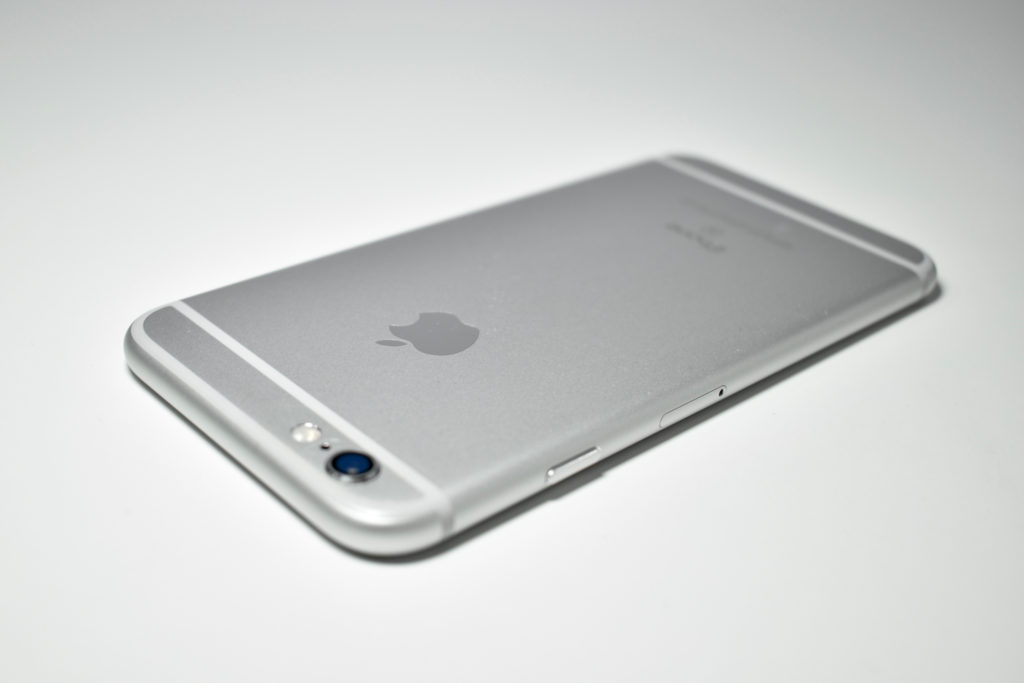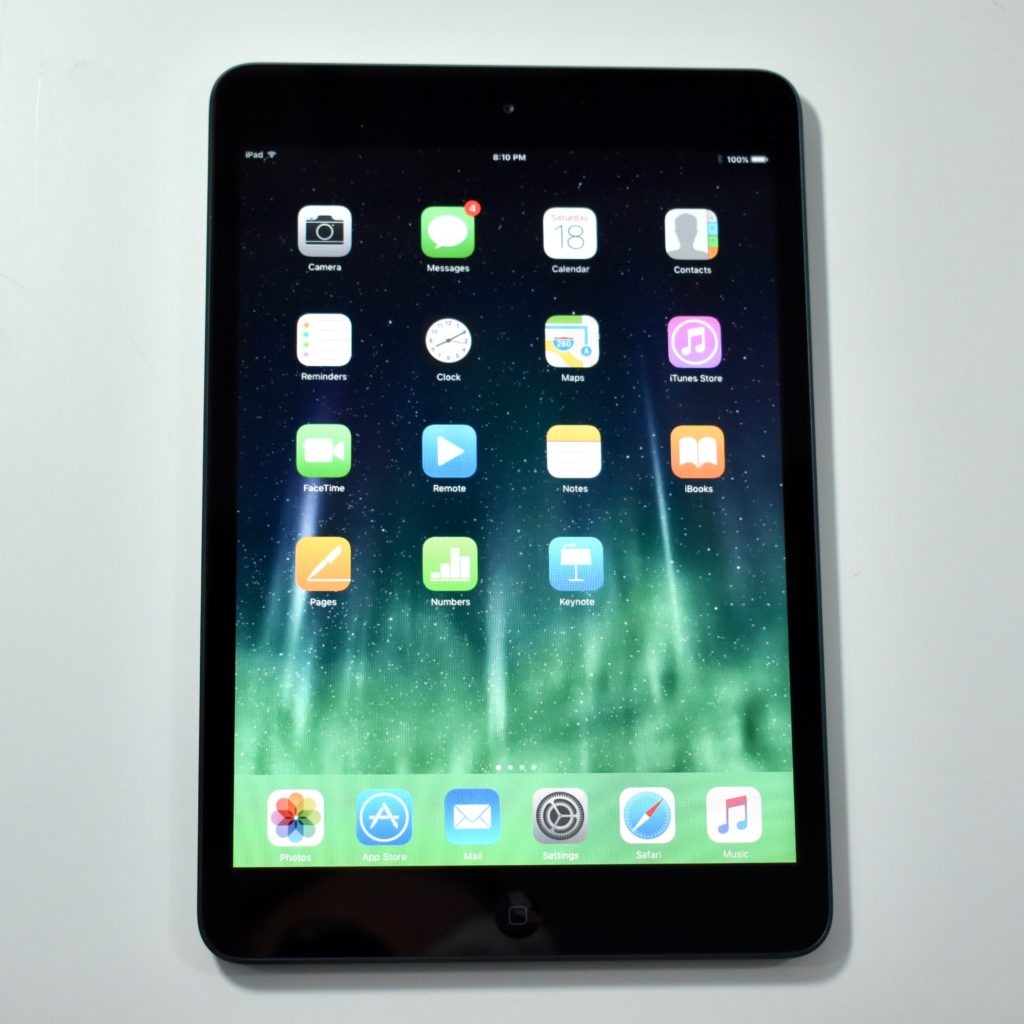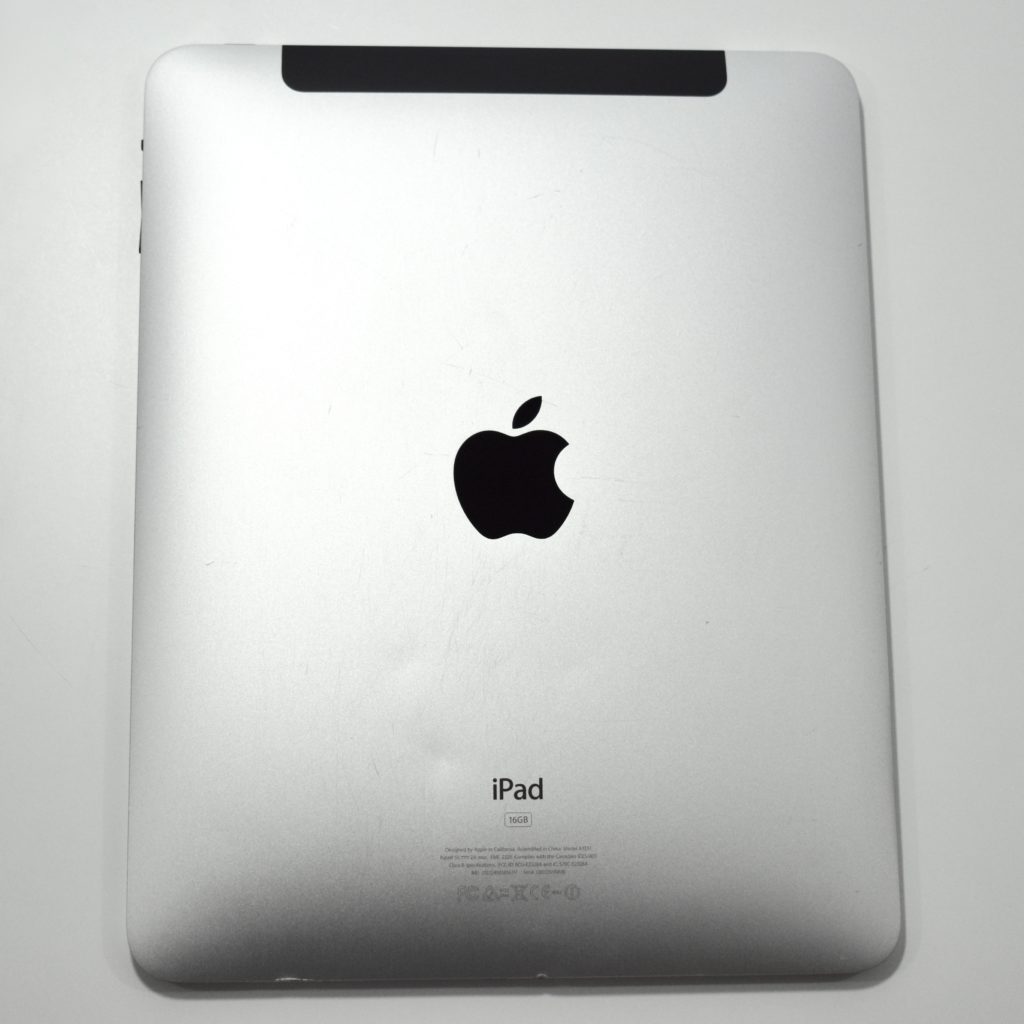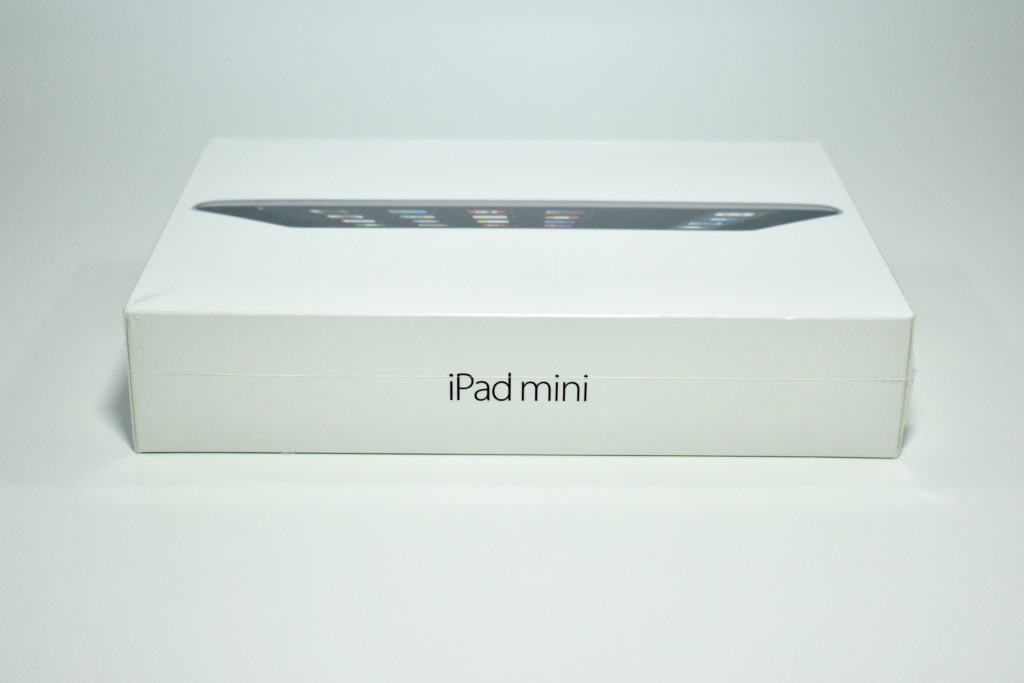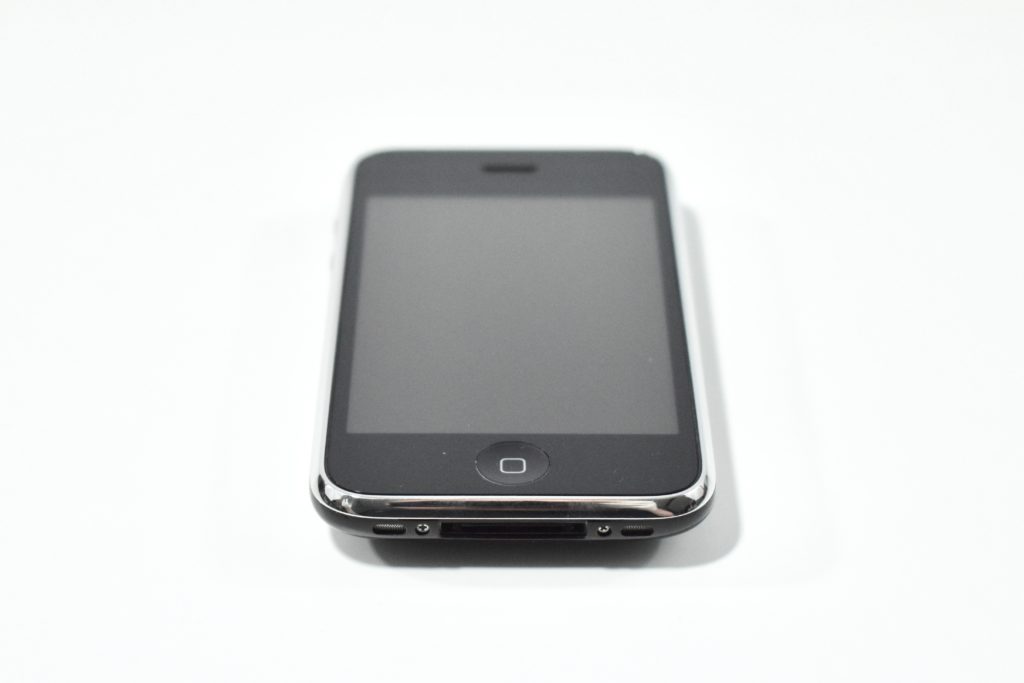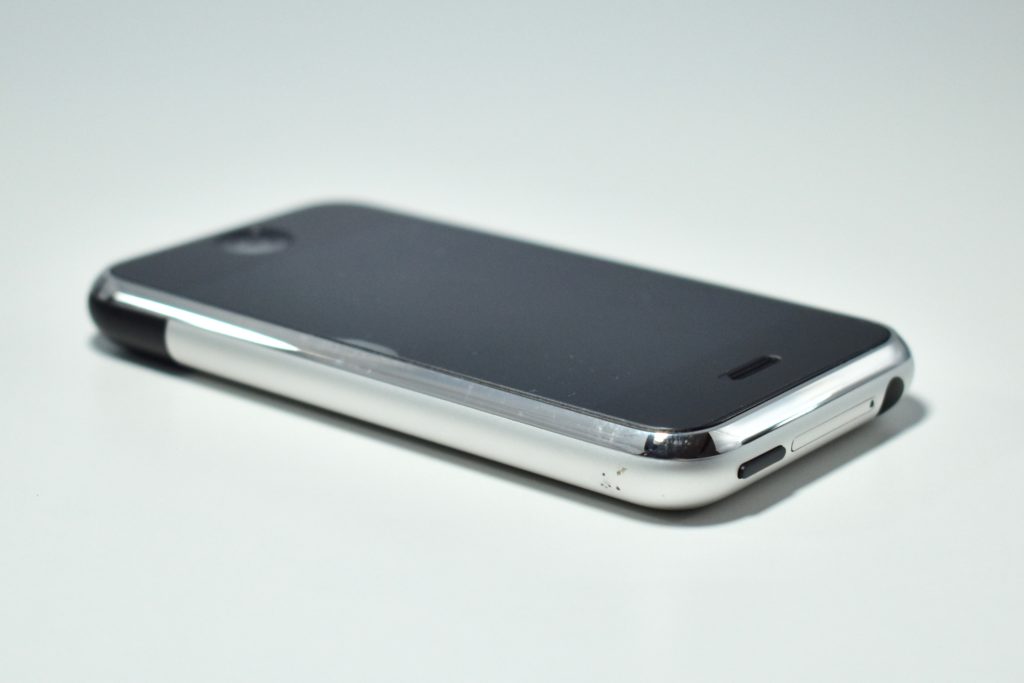The iPhone 6s had a 4.7-inch “3D Touch” screen at 1334×750 (326 ppi, Retina HD). The iPhone 6s cameras were vastly improved over the iPhone 6 that preceded it: a rear 12-megapixel 4K iSight camera and a front 5-megapixel FaceTime camera in 720p (the iPhone 6 used a, 8-megapixel back camera and 1.2-megapixel front camera).
The iPhone 6s was available in four colors: silver (white glass front, silver back); gold (white glass front, gold back); space gray (black glass front, medium-gray back); and rose gold (white glass front, pink-tinted gold back).
The iPhone 6s did not use a physical Home button, but used its Taptic engine to simulate the click. It also used a Touch ID fingerprint sensor in the Home button.
Inside, the iPhone 6s used the Apple A9 processor with 2 GB of RAM and was available in 16 GB, 32 GB, 64 GB, or 128 GB of flash storage. The iPhone 6s was the last iPhone to include a headphone jack (located on the bottom) and used the Lightning port to connect to computer, dock, or power adapter.
This iPhone 6s example is an entry-level 16 GB model in silver with a white front. Unfortunately, this particular iPhone has a slight crack in the lower-left front screen glass (although it functions perfectly).
Source: EveryMac







